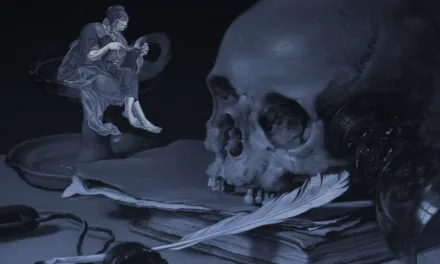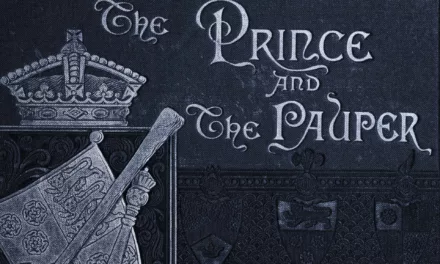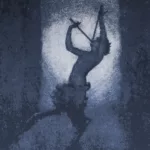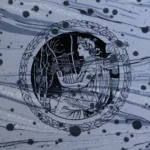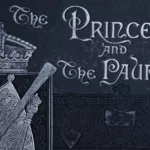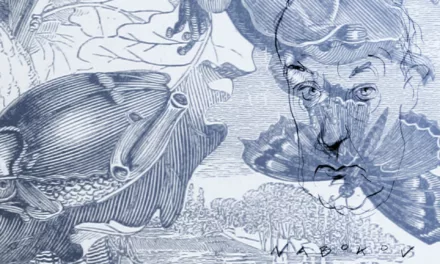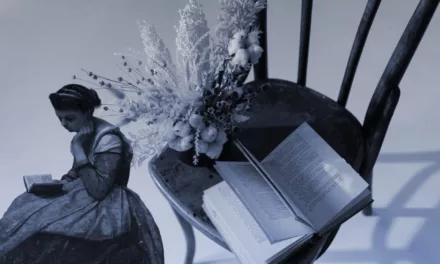
Beyond the End: How to Write the Perfect Story Resolution

A story resolution is never easy to write. Sometimes, as writers, we’re so engrossed in bringing the story to life that we cannot think of how to end it!
That’s when we get writer’s block.
This type of creative block is characterised by a feeling of dissatisfaction. When something nears the end, it’s easy to think that the end doesn’t live up to the journey you took to get there. When you feel like that, it’s important to put yourself in a reader’s shoes and ensure the climax of your project matches the promises you’ve made to them as you built your story.
If you think the ending is gripping, your readers will, too, so it’s all about mindset.
The importance of your story resolution
Your story resolution is the jewel in the crown. The icing on the cake. The cherry on top.
It is the crucial moment when all the loose threads come together to reveal the plot’s true meaning. It’s like reaching the top of a mountain after an arduous climb: the resolution of the climax is the panoramic view that unfolds before your eyes, leaving you breathless.
How many marvellous and unforgettable stories have been ruined by a lacklustre ending? We like a good story because it takes us on a journey, but if the ending disappoints, it can ruin the whole experience.
The end of the story is when the characters reach their destinations, questions find answers, and emotions find their resolution. It not only brings the story to a conclusion, but leaves a lasting impression on the hearts and minds of your readers.
Five categories of resolution for narrative conflict
A story resolution can have different goals depending on the story you’re telling. Resolutions allow writers to understand how fiction and reality are connected, challenge reader expectations, and reflect on storytelling techniques. Here are five types of narrative resolutions and their narrative goals.
1. Closed Resolution
- All major conflicts resolve definitively.
- The characters’ futures and the story are clear and can’t be questioned or reinterpreted.
- Gives a sense of conclusion and purpose, which is ideal for self-contained works.
2. Open Resolution
- The narrative leaves certain aspects of the plot or the fate of the characters unresolved.
- Allows the reader to imagine what might happen, which helps them think about and understand the story better.
- Gives the story a touch of mystery and ambiguity.
3. Ionic Resolution:
- The story concludes with an unexpected twist that changes the perception of events, giving new meaning to situations that occurred at the story’s beginning.
- Changes the reader’s expectations, reigniting their interest, and making them want to read it again.
- Leaves a lasting impression and provokes additional reflection, even seeding the idea that some issues were left unresolved.
4. Circular Resolution
- The narrative concludes where it opened, eliciting a sense of return or completion.
- Reflects a recurring cycle or pattern in the narrative.
- It can suggest that certain conflicts are inevitable or that life goes on.
5. Epiphany Resolution
- The climax leads to a significant revelation or internal change in the main character.
- Provides a moment of deep understanding or enlightenment.
- Provides emotional and psychological closure to the story, giving more weight to internal conflicts than external ones.

Resolution for the main character
Every story can be summed up in one sentence: someone wants something and encounters obstacles when trying to achieve it.
The failed attempts and the actants that support or hinder the characters’ search along the way maintain tension. Therefore, your story’s climax aims to resolve that narrative tension.
In literary theory, an actant is a person, creature, or object that plays any of a set of active roles inside your narrative. Linguist Julien Greimas first posited it in his work, Structural Semantics.
The central axis of this model is the following: there is a subject that seeks an objective. From this, we can identify six types of story resolution.
1. Compliance
In this scenario, the subject successfully achieves the desired objective, overcoming any obstacles. You could call this a typical happy ending.
2. Failure
The character experiences defeat or disappointment when they fail to achieve their goal. But even though it is a negative ending for the character, it is not unsatisfying for readers.
3. Disappointment
The character reaches their objective, but it is not what they expected. The character gets what they want, but finds it differs from what they wanted. This is a good way to play with the reader’s expectations.
4. Sacrifice
The character achieves the goal, but it comes at a high cost. In this situation, characters and readers alike will wonder if the effort was worth it or if they could have done it differently. The character is usually unaware of what they must sacrifice to achieve their goal until the climax.
5. Resignation
In the process of achieving their objective, a character discovers that to reach their stated aim, they must give up other aspects of their lives that may be more important to them. Contrary to Sacrifice, this type of resolution implies that the character chooses to give up their objective rather than make that sacrifice. Their priorities might have changed, or they might discover that the objective was not as important as they first believed.
6. Unachievable
A character finds their journey to achieve their objective not only difficult but impossible to achieve. The character may be poorly prepared or have too much ambition, making them set their sights on impossible heights. In these stories, the protagonist must deal with the fact that their goal can’t be reached.
How do you choose a resolution for your novel?
Selecting the type of resolution for a story’s climax is vital because it can affect the reader’s experience. Each type of story resolution has its narrative and emotional meaning, both for the reader and the writer.
Use these ideas to decide the perfect ending for your story and your characters. Before you write the last line, think about what you’re trying to achieve. Your stories will be better for it.

